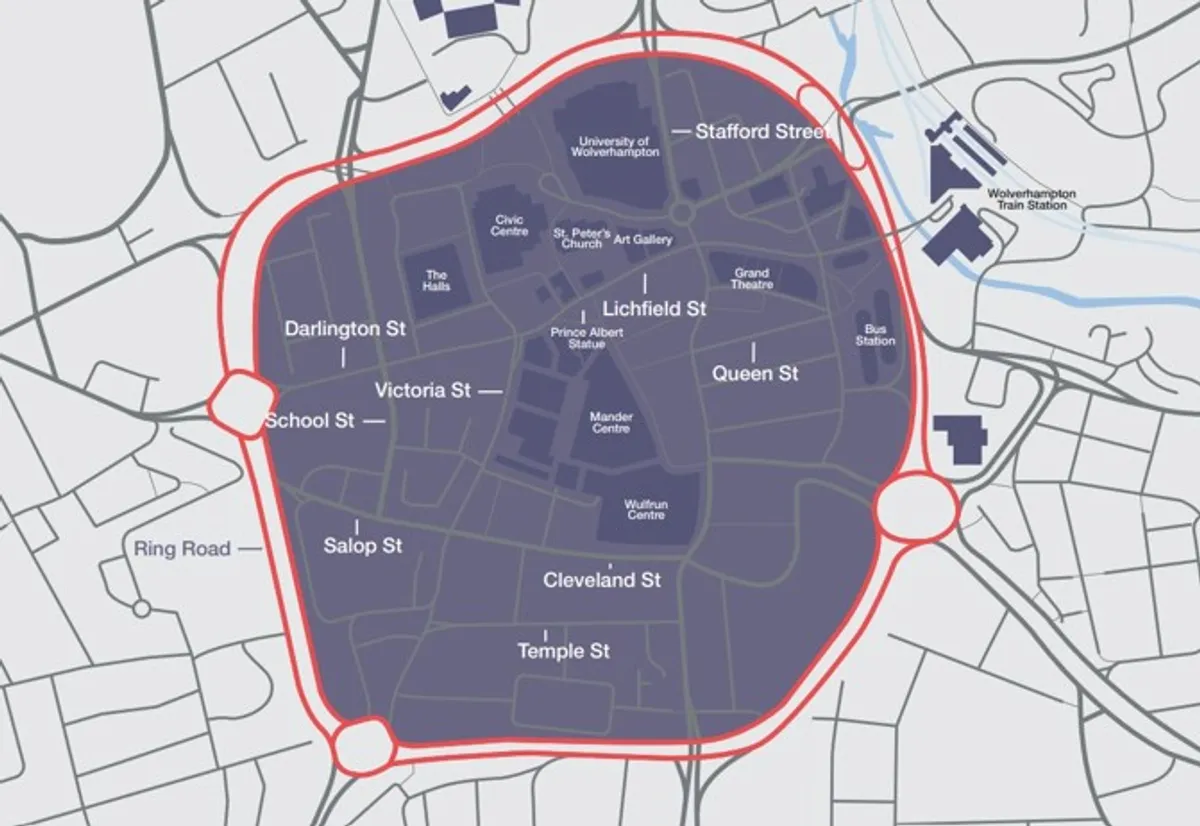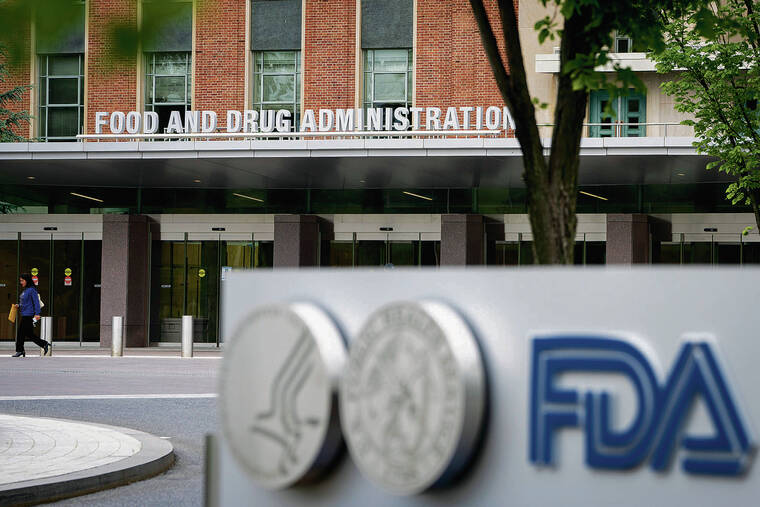Copyright kaieteurnewsonline

‘Malaria-free future in sight’ – PAHO Nov 07, 2025 News …says but acknowledges hardest battles remain On Malaria Day in the Americas, the Pan American Health Organization (PAHO) is calling for renewed urgency to ensure that every person at risk of malaria, especially those in remote and indigenous communities can quickly access lifesaving diagnosis and treatment. “Every malaria case is preventable and treatable,” said PAHO Director Dr. Jarbas Barbosa. “We have the tools. Elimination depends on getting those tools to everyone, everywhere, through strong health systems and empowered communities.” PAHO highlighted progress across the Region, noting that Suriname became the first country in the Amazon Basin to be certified malaria-free by the World Health Organization (WHO) this year, joining Paraguay (2018), Argentina (2019), El Salvador (2021), and Belize (2023). These milestones show that elimination is achievable when countries sustain commitment and community action, even in complex contexts, PAHO said. Other countries are also making important strides: Costa Rica, Dominican Republic, Ecuador, French Guiana and Mexico report the lowest number of malaria cases and are close to elimination, while Honduras and Nicaragua have reduced cases of Plasmodium falciparum by 70% and 52%, respectively, bringing Central America closer to full elimination of this parasite. According to PAHO, 15 countries and one territory in the Region still report areas with malaria transmission, with Brazil (30%), Colombia (24%), and Venezuela (19%) accounting for nearly three-quarters of all cases. Most infections (88%) are concentrated in the Amazon basin and the Pacific coast in Colombia, where dispersed populations and limited health access contribute to continued transmission. Indigenous peoples remain the most affected group, representing over one-third of reported cases and nearly 30% of deaths. In 2024, the Americas registered more than 537,000 malaria cases, a 6% increase compared to 2023 (505,000 cases). Bolivia, Peru, Colombia, Haiti, and Panama saw increased transmission of malaria in 2024 due to factors related to internal migration, gold mining, climate events like El Niño, and complicated access to health services in remote or conflict-affected areas. PAHO also is recognising the efforts of thousands of health workers and community collaborators for their crucial role in eliminating malaria. “In many rural and hard-to-reach areas, malaria prevention, diagnosis, and treatment are only possible thanks to the dedication of local residents trained and supervised by Ministries of Health,” PAHO said in the release. These community members, often living in remote villages, indigenous territories, and border zones, serve as the first line of defense against malaria and have helped to remove barriers to care by establishing permanent malaria diagnosis and treatment points within their own communities. PAHO is urging all countries to intensify malaria elimination efforts by: expanding access to rapid diagnosis and treatment through local health services and community agents; reinforcing surveillance systems that generate timely and reliable data and building national alliances that include governments, communities, and partners under the leadership of Ministries of Health. PAHO said its Disease Elimination Initiative supports these efforts, aiming to end malaria and more than 30 communicable diseases and related conditions in the Americas by 2030. Jarbas Barbosa, MALARIA, PAHO, Plasmodium falciparum, WHO



